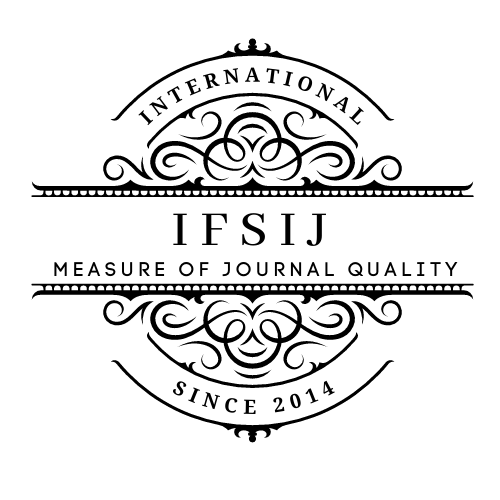SENSITIZATION TO FOOD ALLERGENS OF PLANT ORIGIN IN PATIENTS WITH HIGH FEVER
Abstract
In recent decades, there has been a steady increase in the number of allergic diseases. In the structure of allergic pathology, diseases caused by sensitization to pollen allergens account for up to 26%. Children and young people most often suffer from pollinosis, which is a serious problem for modern health care. Allergic reactions to plant-based foods are detected in 40-70% of patients with pollinosis. The immunopathological basis of this phenomenon is cross-reactivity between pollen and plant food allergens. This leads to a sharp restriction of the diet of patients, mainly due to the exclusion of plant foods. Descriptions of cases of severe anaphylactic reactions to vegetables, fruits and nuts regularly appear in the literature. In recent decades, the diet of residents of the central zone of Uzbekistan has undergone significant changes: the consumption of exotic fruits and vegetables, soy, peanuts and products containing them has increased. Diagnosis of reactions to food allergens of plant origin is complicated by the presence of false-negative tests caused by the use of non-standardized and unstable commercial allergen extracts, and false-positive tests associated with the phenomenon of cross-reactivity. In connection with the above, it is relevant to study the spectrum of the most important plant allergens that cause sensitization in patients with hay fever, as well as to improve the methods of diagnosing food allergies and to introduce new easily reproducible and clinically significant tests into practice. Of great interest is the problem of the relationship between the concentration of pollen in the air and clinical and immunological indicators of allergy. Monitoring the concentration of pollen grains in the atmospheric air, which has been carried out in Tashkent in recent years, allows us to carry out such a study. Objective signs of inflammation of the mucous membrane of the respiratory tract are an increase in the number of eosinophils in the nasal secretion and an increase in the concentration of nitric oxide in the exhaled air. Studying the dynamics of fluctuations in the values of these indicators in allergic processes allows us to obtain additional data for an objective assessment of the immunological reactivity of patients and the severity of the disease.
Downloads
Published
Issue
Section
License

This work is licensed under a Creative Commons Attribution-NonCommercial-NoDerivatives 4.0 International License.















